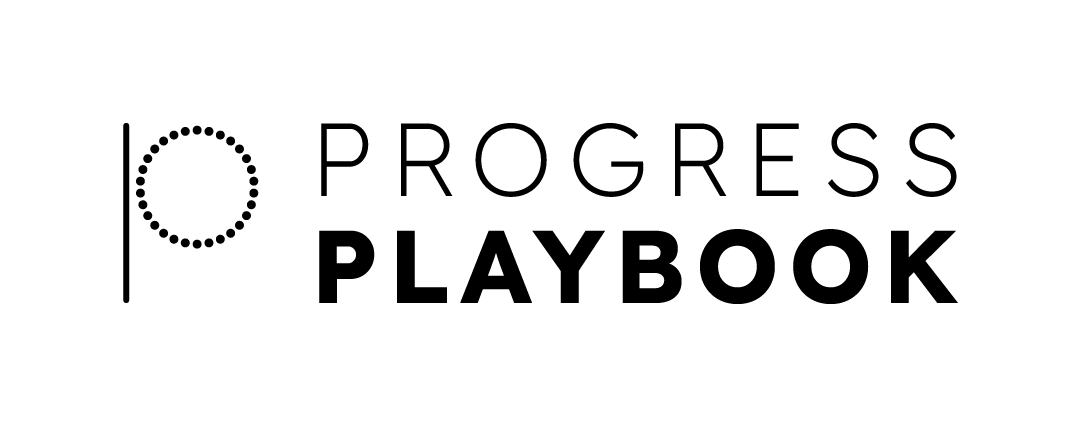Doing Less Leads to More
Nearly a decade into building Progress Playbook, I’ve learned that growth often means choosing where to focus. Focus means letting go of the things that are good but not great, that drain resources, strain capacity, and limit your potential for greater impact. It means saying no to certain opportunities and ideas, even when they sound promising. True focus is a radical and bold choice. It is a commitment to something more transformative and meaningful. It means nurturing a few powerful initiatives, pouring your energy and resources into them, and allowing them to grow into something that creates greater results. As we pare down and channel our energy into doing a few things exceptionally well, we’re stepping into a new chapter of deeper impact. We believe that less is more.
To my fellow entrepreneurs: take a moment to reflect on your journey. Is the work you’re doing aligned with the impact you truly want to make? What work are you doing that is good but falls short of greatness? As the year closes, consider what you need to let go of to free up resources and energy for what matters most. Clarity, focus, and commitment to a few things will lead to more meaningful and abundant growth. Let’s build something remarkable together. Progress awaits!
Lloyd Cambridge, Founder of Progress Playbook
How to Focus on What Truly Matters
Conduct a “Focus Audit”
Start by taking stock of everything you’re currently working on, including, projects, tasks, and services. Categorize them into three groups: Good, Great, and Draining. This process will help you see where your energy is being spent and which activities align with your mission. Identify the tasks and projects that create the greatest impact and reflect your goals. Begin planning how to phase out or let go of the rest, so you can direct your resources to what truly matters.
Define Your Top Priorities
Clarity begins with defining your goals. Take time to write down your core objectives for the next 12 months. From there, choose 1-3 initiatives that are most aligned with your mission and vision. These become your primary focus areas. With clear priorities, you can ensure your efforts are concentrated on work that moves you closer to your long-term goals.
Practice Saying No
Protecting your focus often means learning to say no. Develop a decision-making filter by asking yourself, Does this opportunity align with my mission and top priorities? If the answer is no, decline politely. Saying no isn’t easy, but it’s important to creating space for the work that truly matters to you.
Set Boundaries with Time
Time is one of your most valuable resources. Block off specific times in your calendar to work deeply on your most impactful initiatives. Avoid overcommitting by leaving intentional gaps in your schedule for strategic thinking and recalibration. This allows you to approach your work with focus and purpose, rather than constant overwhelm.
Measure What Matters
To ensure your efforts are producing results, establish clear metrics for success. Define how you will measure the impact of your key initiatives and track your progress regularly. This will help you stay on course, identify areas for improvement, and ensure your energy is yielding meaningful outcomes.
Let Go
Letting go can be challenging, but it’s a necessary step to focus on what matters most. Gradually transition out of projects or services that no longer align with your goals. Be transparent with stakeholders about the shift, ensuring a smooth handoff or closure. This will free up time and resources for your top priorities.
Build a “Focus Team”
Surround yourself with people who share your vision and can help hold you accountable. A strong focus team ensures you stay aligned with your goals. Delegate tasks that fall outside your strengths to free up time for what you do best. The right support system can make all the difference in maintaining focus and driving impact.
Plan for Reflection
Reflection is important for staying aligned with your mission. Schedule regular check-ins. monthly or quarterly to evaluate your progress and adjust your course if needed. Ask yourself: Am I staying true to my mission? What’s working, and what needs to change? These moments of reflection will help ensure your efforts remain intentional and impactful.
